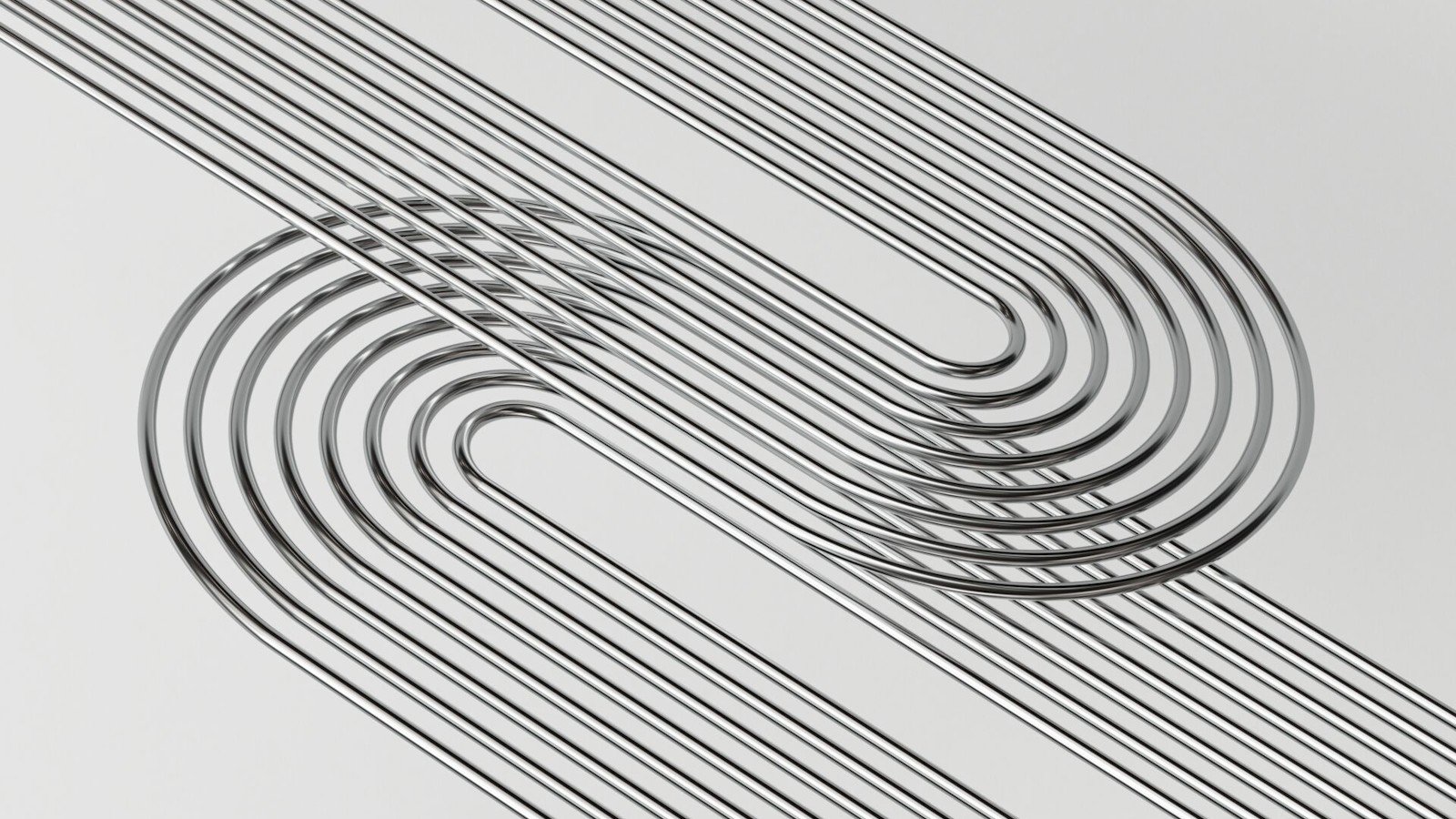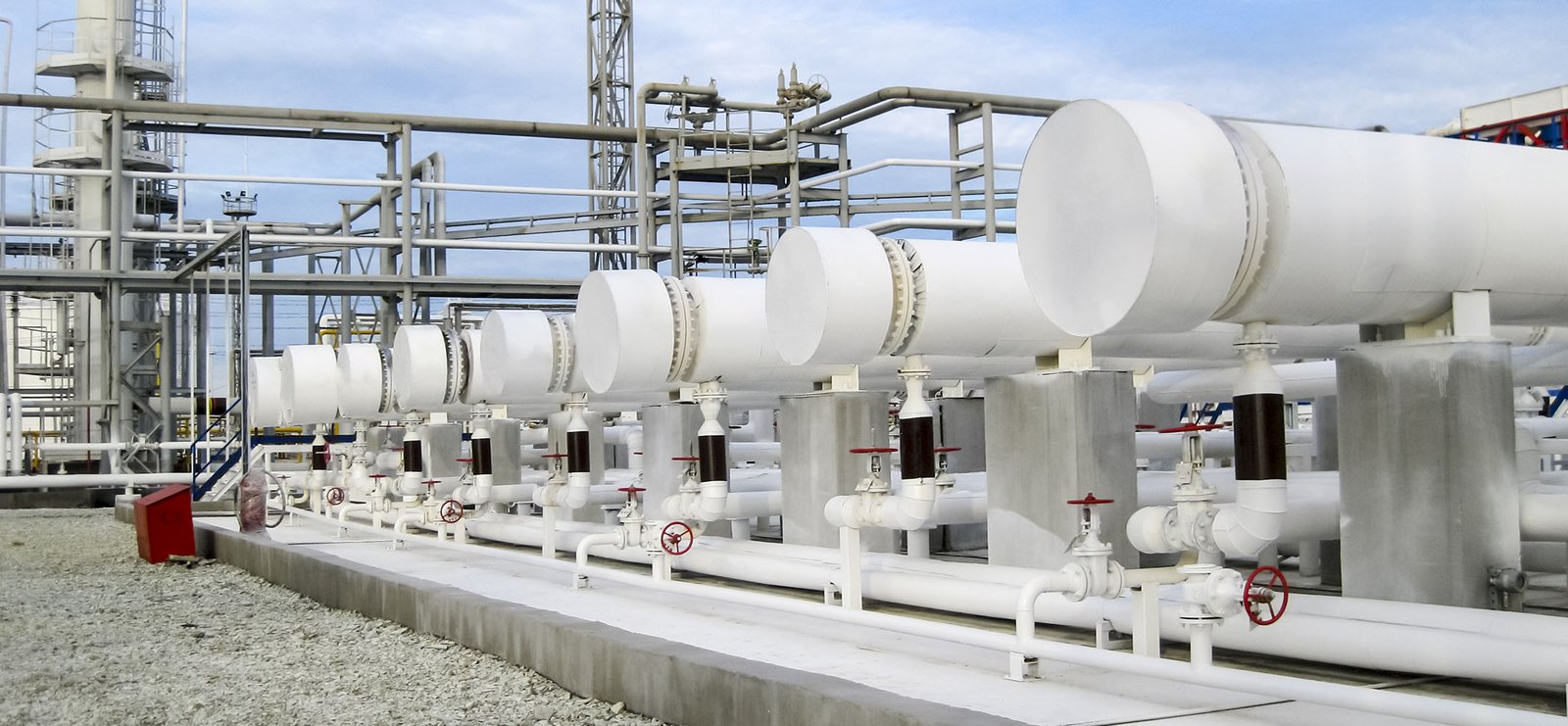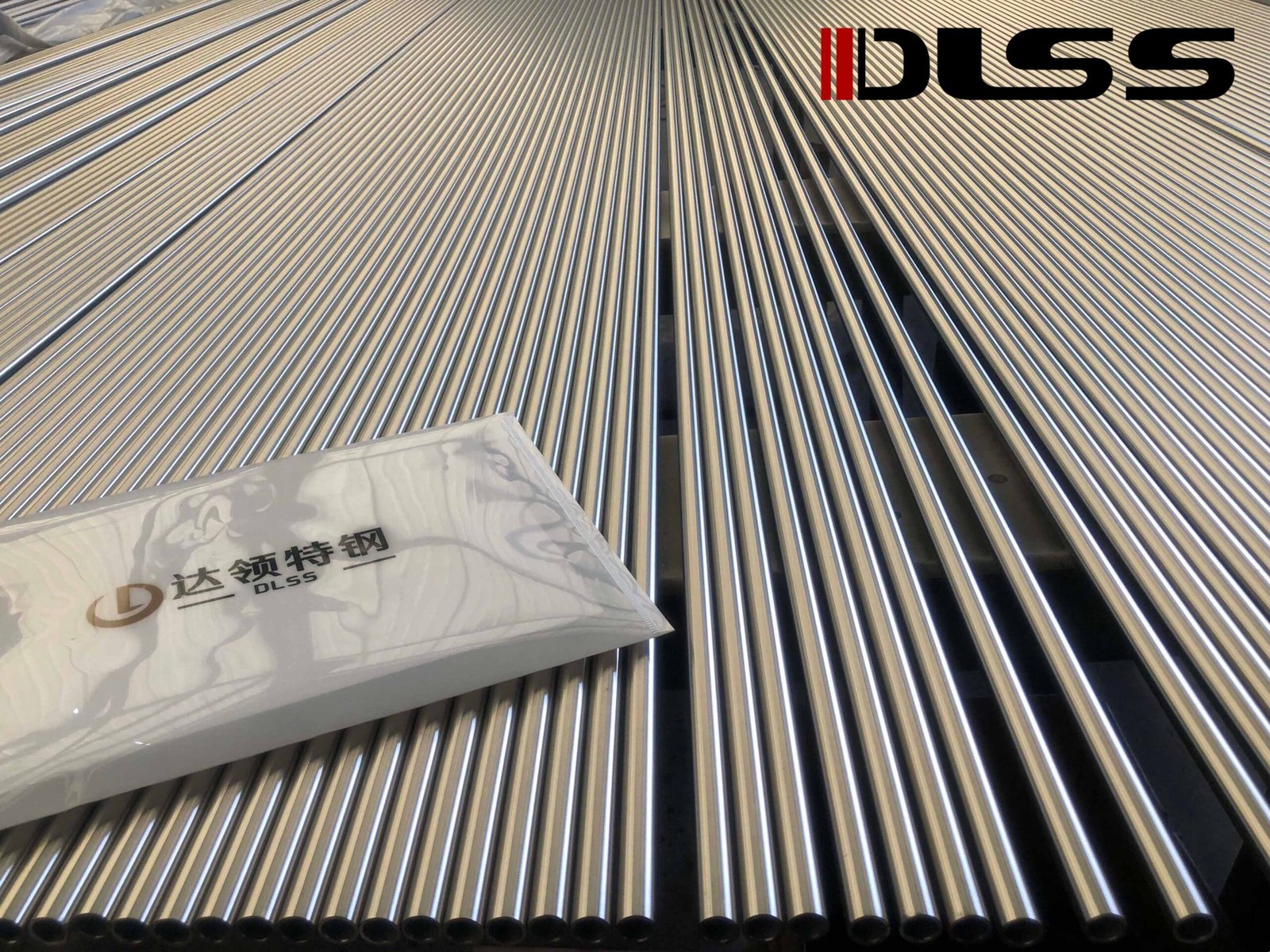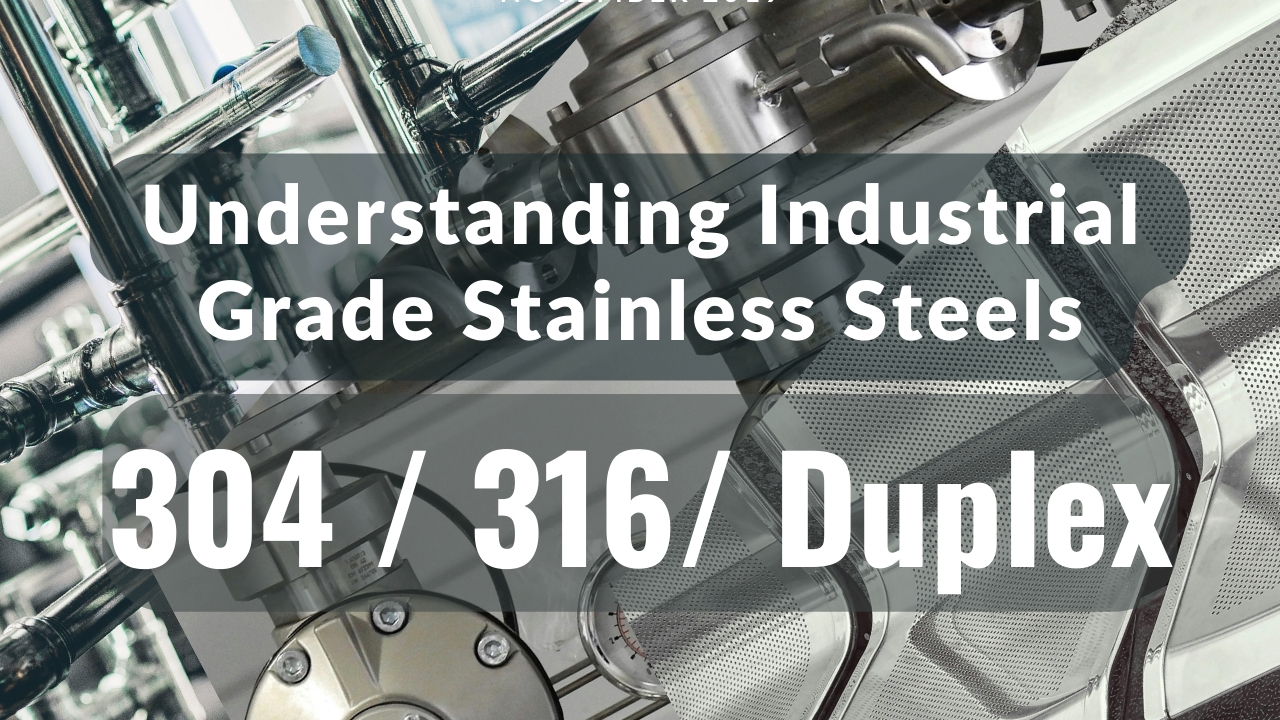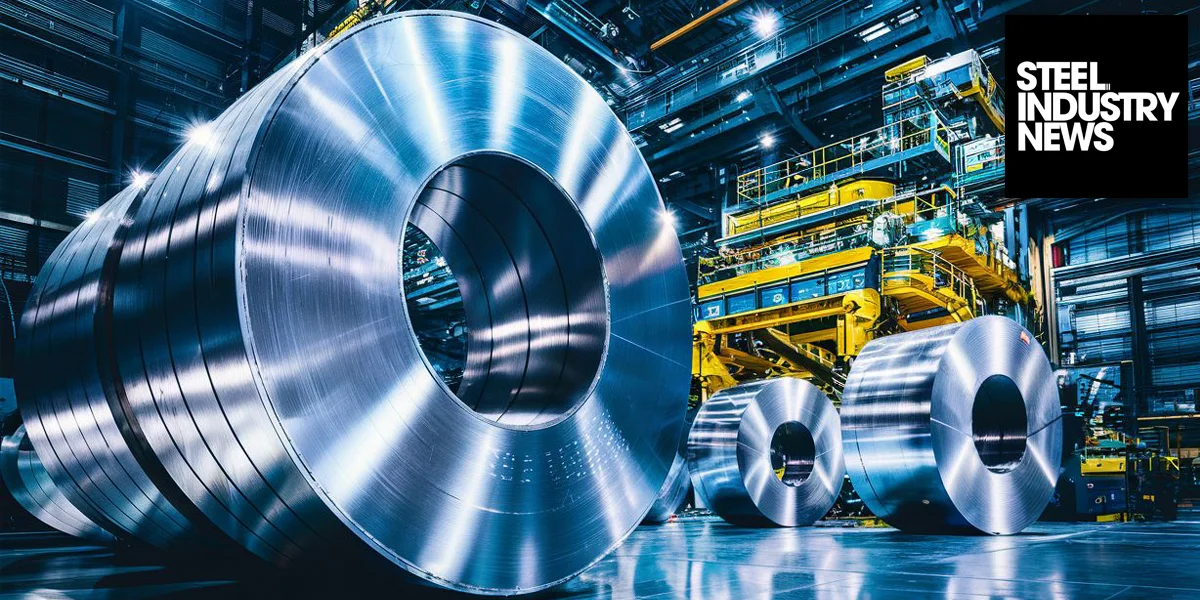Meta Description:
Explore the key differences between EN and ASTM standards for stainless steel tubes. Understand specifications, testing requirements, tolerances, and how to choose the right standard for your project.
Introduction
Global industrial projects often involve suppliers and clients from different regions—especially Europe, America, and Asia. As a result, you may encounter both ASTM and EN standards when sourcing stainless steel seamless tubes.
Understanding how these standards differ helps ensure proper specification alignment, regulatory compliance, and performance reliability.
1. Overview: What Are EN and ASTM Standards?
- ASTM: American Society for Testing and Materials – Widely used in North America and international trade
- EN: European Norm (Euro Norm) – Harmonized standards for European Union (EU) markets
Both set requirements for:
- Chemical composition
- Mechanical properties
- Testing procedures
- Dimensions and tolerances
- Inspection and certification
Official reference sites:
ASTM International
CEN European Committee for Standardization
2. Common Tube Standards Comparison
| Specification | ASTM Standard | EN Standard | Notes |
|---|---|---|---|
| General Seamless | ASTM A213, A269, A312 | EN 10216-5, EN 10217-7 | A312 = EN 10216-5 (EN 1.4401 ~ TP316) |
| Heat Exchanger | ASTM A213 | EN 10216-5 TC1 / TC2 | Wall tolerance slightly tighter in EN |
| Instrumentation | ASTM A269 | EN 10305-1, EN 10297-2 | EN 10305-1 preferred for precision |
| Duplex Stainless | ASTM A789 | EN 10216-5 X2CrNiMoN22-5-3 | Dual certification often provided |
| Ferritic Grades | ASTM A268 | EN 10296-2 | EN includes more surface finish types |
3. Key Differences Between EN and ASTM
3.1. Material Designation
- ASTM uses UNS codes (e.g., TP316L = S31603)
- EN uses numerical grades (e.g., 1.4404 = TP316L)
3.2. Tolerances
- EN often requires stricter dimensional tolerance, especially for OD and WT
- EN 10216-5 TC2 has more demanding tensile and impact test criteria
3.3. Test Certificates
- EN requires EN 10204 (3.1 / 3.2) certification
- ASTM may accept manufacturer MTR unless otherwise stated
3.4. NDT & Surface Finish
- EN typically requires 100% Eddy Current Testing (ET)
- EN 10216-5 specifies internal surface finish classifications
4. How to Choose the Right Standard
| Project Location / Requirement | Recommended Standard |
|---|---|
| European project / EPC / PED compliance | EN |
| North American standard (e.g. ASME) | ASTM |
| High precision or small OD | EN 10305-1 |
| General heat exchanger applications | ASTM A213 / EN 10216-5 |
| Duplex and special alloy tubing | Dual EN + ASTM |
For PED-certified applications, always request EN 10204 3.1 or 3.2 with CE marking.
5. DLSS Dual-Standard Support
DLSS regularly supplies tubes with dual marking:
- Example:
TP316L / EN 1.4404 / S31603
ASTM A213 / EN 10216-5 / EN 10204 3.1
We also provide:
- Customized marking (on tube & packaging)
- Dimensional reports matching both EN and ASTM tolerances
- Full mechanical & chemical test data per both systems
- Surface finish control per EN ISO 4287 and ASTM A480
FAQs
Q1: Can I substitute ASTM for EN in a European project?
Not unless approved by the client or local authority. EN standards are legally binding under CE/PED rules.
Q2: Does DLSS offer CE-certified tubes?
Yes. For EN 10216-5 and EN 10217-7, DLSS can issue CE-marked 3.1 / 3.2 MTCs with PED compliance.
Q3: Are EN standards more stringent than ASTM?
In terms of tolerance and documentation, EN is often stricter. However, ASTM standards are equally robust for global use when applied properly.
Q4: How do I convert between EN and ASTM grades?
DLSS provides equivalence charts and guidance. You can also check reliable sources like Matmatch or Total Materia.
Conclusion
Whether your project follows EN or ASTM standards, understanding the differences ensures material compatibility, compliance, and quality. DLSS supports both systems with dual-standard production, full documentation, and third-party testing on request.
Contact DLSS
Email: info@dlsspipe.com
Website: www.dlsspipeline.com
Need help selecting the correct standard for your stainless steel tubing? DLSS can guide you through EN/ASTM compliance, documentation, and export readiness.


